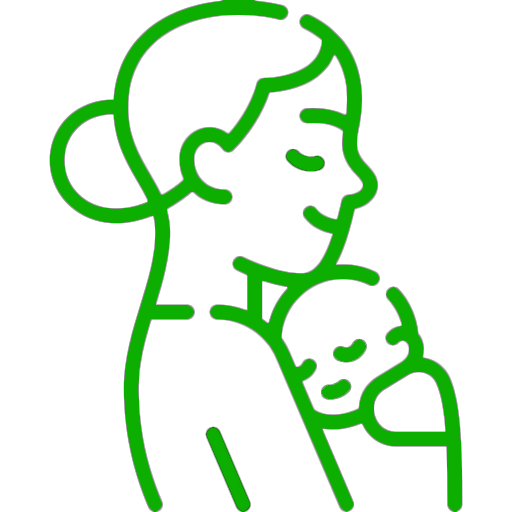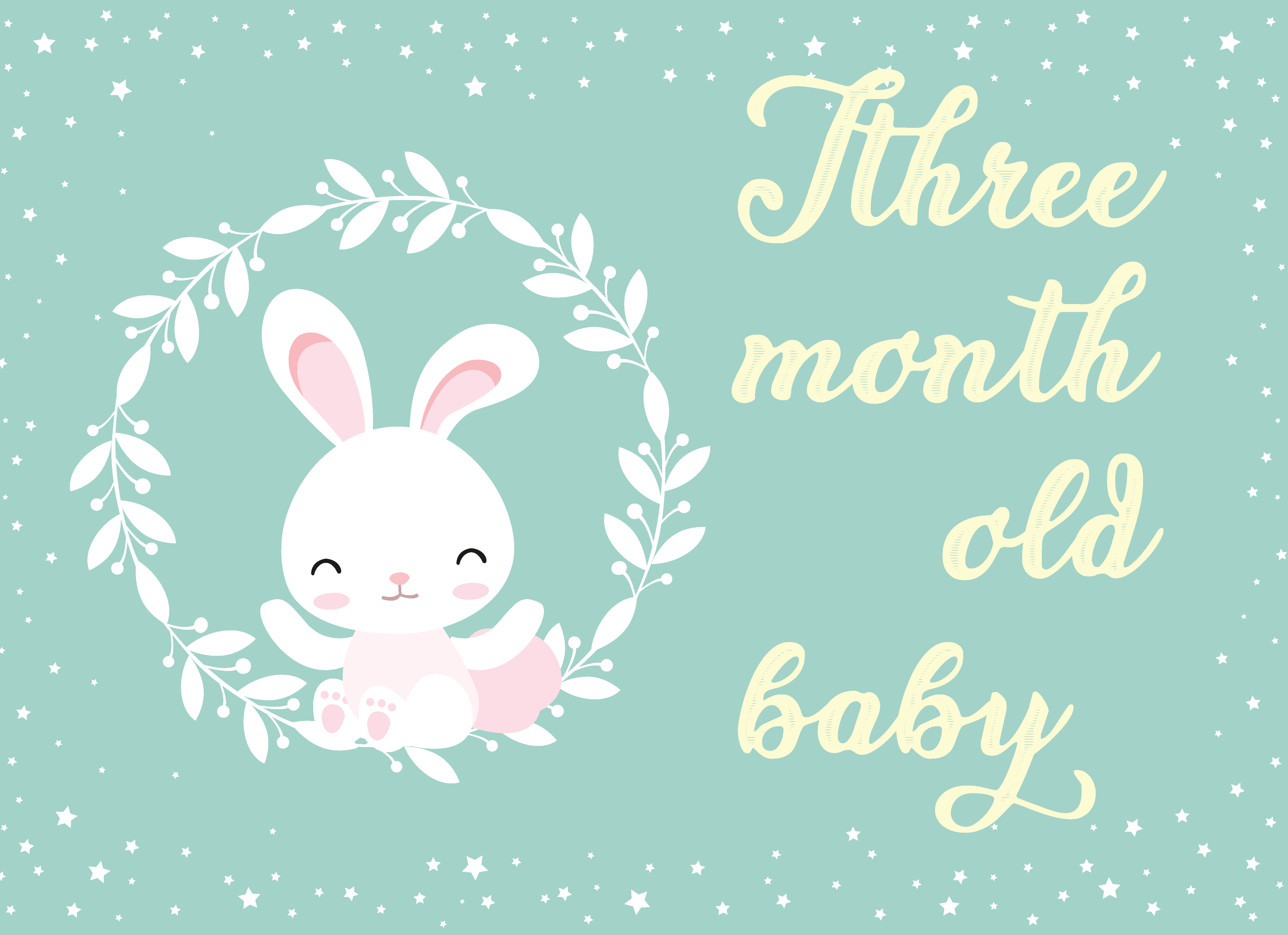Hello, and welcome to motherhood and parenthood! Along with the joy and excitement that a first newborn brings, you may also be fatigued and overwhelmed – and we’re here to assist! We’ll go through your baby’s developmental milestones from birth to one month, talk about how frequently and how long your baby can feed and sleep this month, and go over vital facts about your newborn baby’s health. Your baby’s healthcare practitioner is the authority on healthy development, but we’ll go over some of the highlights and offer some helpful advice. Let’s get started with this first month, which covers your baby’s weeks one through four!

Baby Development Milestones
In the first four weeks following delivery, your baby is adjusting to life outside the womb. You may be astounded by the amount of growth and transformation you’re witnessing! Here are a few examples:
Growth and Physical Development: It’s Normal for a Newborn to Appear “Off”
Babies may lose a little weight in the first few days after delivery, which is largely due to excess bodily fluid. Most newborns will soon regain weight, and by day 10, they will be back to their original weight. At each examination, your doctor will carefully monitor your baby’s growth, measuring his length, weight, and head circumference (the distance around the head). Learn more about your provider’s usage of baby growth charts.
You’ll be spending a lot of time looking at your new kid, and while you’ll love every inch of him, he may appear “funny” at first. He’s only recently arrived in the world, and his body is still adjusting. In the first several weeks, you may observe the following odd physical characteristics: Lanugo, a fine hair, may cover his body for a few days or weeks before being shed.
- Fine hair called lanugo may cover his body for a few days or weeks it is shed.
- His skin can peel somewhat.
- Salmon spots or “stork bites” may occur on his face or neck; these will most likely fade within a few months.
- Your baby’s genitals may be enlarged, but they will soon return to normal.
- At the top of your baby’s head, there are two sensitive areas called fontanelles. Although the brain is protected by a thick covering, the skull bones are still fusing together here.
- Your baby may have an enlarged skull if he was born vaginally. This occurs because the skull plates shift to allow easier passage through the birth canal. Your baby’s head will quickly revert to its original shape.
- Your baby may spend some time coiled up in a snug tiny bundle, much like he did in the womb. He’ll begin to stretch and unfurl from his favoured fetal posture at the end of the first month.
Senses: Your baby enjoys being held by you.
Touch is one of your newborn’s most vital senses, and he will detect your mood by the way he is touched. You bring protection and comfort by holding and carrying me. Always support your baby’s head and neck to prevent his head from flopping from side to side or front to rear. Rocking him gently may help to quiet and relax him, and massaging your child may help you bond.
Babies can only see around 8 to 12 inches away, so your infant can see your face as you hold him. His own hands will also pique his curiosity as they pass in front of him. He can distinguish between light and dark at this time, but he cannot see the whole spectrum of colors.
High-pitched sounds and “baby babble” are often preferred by newborn babies. As you speak to him, he will most likely turn his head to face you.
Your Baby’s Instincts Are Just as Strong as His Grip
Your baby’s movements may appear jerky in the first few weeks, but they will gradually become more controlled during the next few months. Here are some of the most typical neonatal reflexes:
- Rooting. When you massage your baby’s cheek or mouth, he will move his head toward your finger.
- Sucking. Your infant can suck instinctively, but synchronizing sucking, breathing, and swallowing takes some practice, so it may take some time for your baby to get the hang of it when nursing.
- Moro reaction. If your baby is startled by a noise or his head moves position abruptly, he may react by abruptly extending his arms and legs and then drawing them close together.
- A firm grip. If you place your finger on your baby’s palm, he will grasp it. Don’t use this hold to support him because your infant has no control over the grip and may let go abruptly.
- Stepping. You may observe your baby-stepping when you hold him in a standing position with the soles of his feet touching a surface.
Personality: You’ll Never Forget That First Real Smile
You may see your kid smiling in his sleep at the beginning of this month. Experts aren’t sure why reflexive grins occur, although it could be due to an innate impulse in your infant. You will begin to see the real deal towards the end of this month or in the second month. When he is awake, he will smile in response to anything, such as your face as you smile at him or the sound of your voice. He will eventually realize that smiling is a means for him to communicate.
Newborns cry to express feelings such as hunger or discomfort or to relieve tension. If your baby is crying but does not require eating, burping, or diaper changing, he may simply require some attention. Try caressing him or calming him with your voice to comfort him; these methods may just work. In some circumstances, constant weeping may suggest a problem, so see your baby’s healthcare practitioner ensure that everything is fine.
Newborns cry to express things like hunger or discomfort or to relieve stress. If your baby is crying but doesn’t require eating, burping, or diaper changing, he may simply require some attention. Try caressing him or calming him with your voice to calm him down. In some circumstances, frequent screaming may suggest a problem, so if you’re concerned, see your baby’s healthcare practitioner ensure that everything is fine.
This page is based on professional advice from reputable medical and government organizations, such as the American Academy of Pediatrics and the American College of Obstetricians and Gynecologists. This page’s material should not be used in place of professional medical advice. For a complete diagnosis and treatment, always seek the advice of a medical expert.
view more posts tagged, pregnancy














Leave a Reply
View Comments